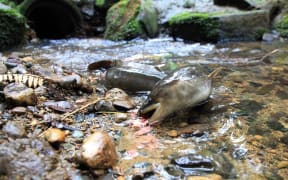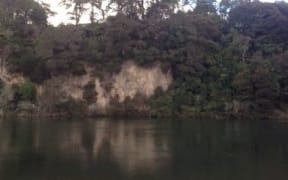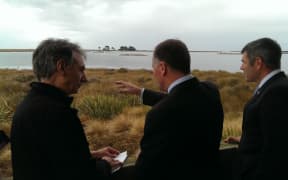Environmental watchdogs in Taranaki say proposed freshwater quality rules for the province could put people's health at risk
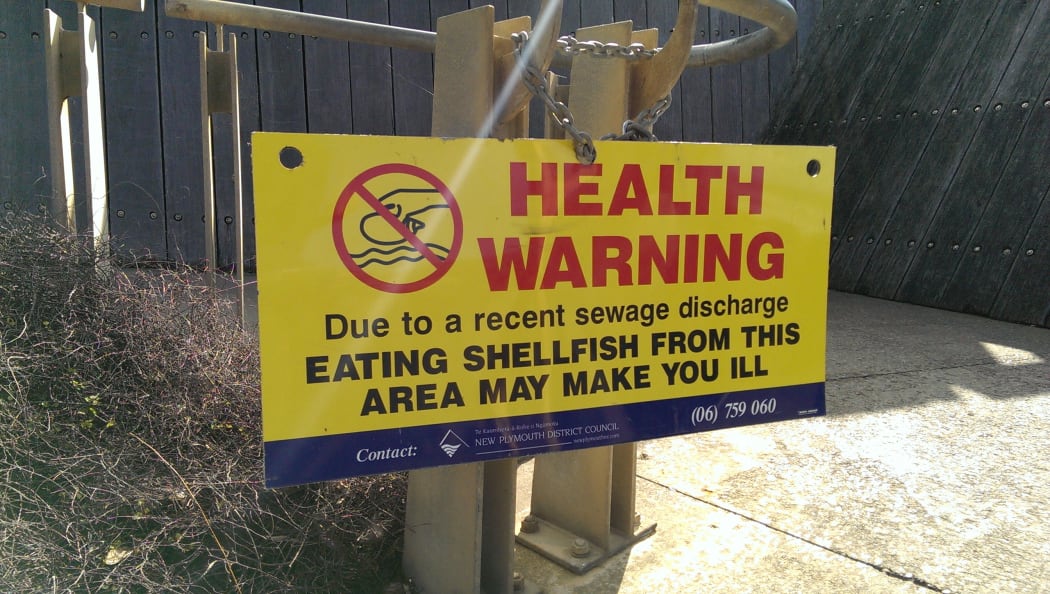
Health warning signs have become a common sight at river mouths in Taranaki. Photo: RNZ / Robin Martin
In its draft freshwater plan, the Taranaki Regional Council allows a level of bacteria in discharges of water that would be an unacceptable risk to human health if it was the level recorded in a river or stream.
It plans to allow up to 1000 E Coli per 100 millilitres into its waterways.
Friends of the Waitara River member Fiona Clark said she could not understand why the proposed discharge limit was so high when the river was already stressed.
She said she warned people not to swim in it.
"There's signs saying it's contaminated and we shouldn't but you're not going to stop the kids from doing it, and the area health board have said that you know the level of contaminants are a problem.
"I don't even swim on the coast here anymore because the swimming place I used to swim at is actually been downgraded so much."
Ms Clark said a particular concern in Waitara was what happened when the sewerage system was overwhelmed.
"We are still getting raw sewage pumped out at the mouth if there's an emergency, which occasionally they do have, or they have problems with the pumping stations so the river's still seen as a flush toilet, which is a pity because the community still uses it."
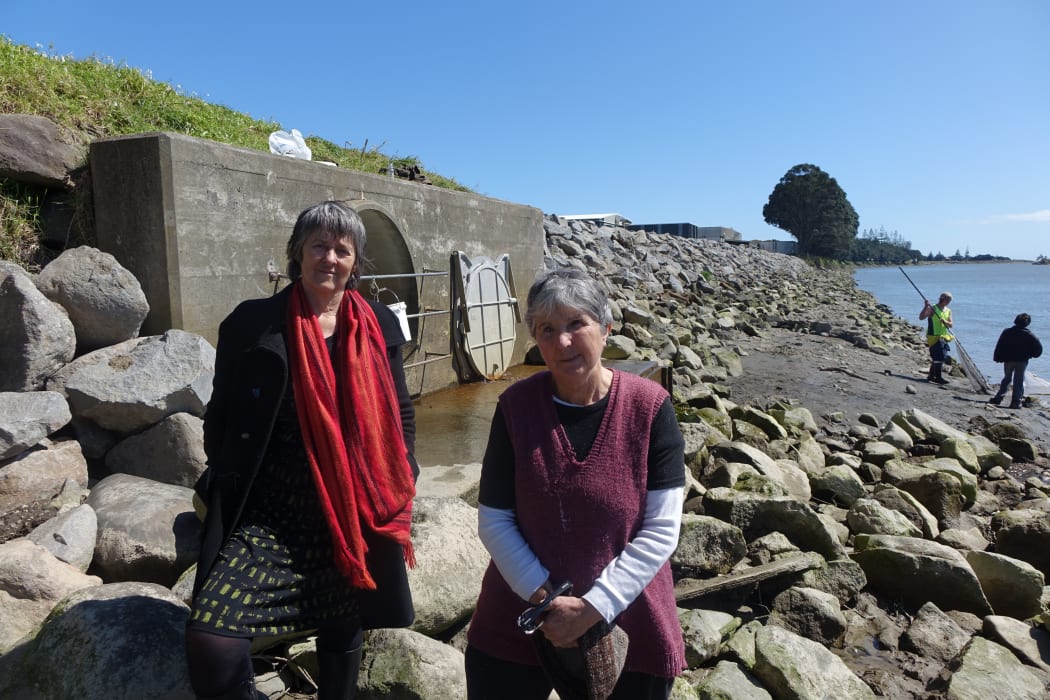
Green Party spokesperson for water, Catherine Delahunty, left, and Friends of the Waitara River member Fiona Clark fear proposed discharge limits may become a target for polluters. Photo: RNZ / Robin Martin
Green Party water spokesperson Catherine Delahunty has been in Taranaki this week meeting with locals and visiting waterways around the province.
She said the councIl's E coli water discharge limit would end up becoming a target for polluters and was inconsistent with its stated ambition to maintain or improve waterways.
"The rules that Taranaki region are talking about for freshwater here, that allow 1000 E coli levels as a bottom line, those are concerning," Ms Delahunty said.
"It's like if you're in a car and the speed limit is 100km/h, you go to 100km/h - and they've said that about water. They can go to 1000 faecal coliform [per 100ml] and that's just one of multiple issues that affect waterways."
The Ministry for the Environment's National Policy Statement for Freshwater sets four bands of E coli limits.
They are: 260 per 100ml, which is deemed suitable for swimming; between 260 and 540 per 100ml, which is generally suitable for swimming; and between 540 and 1000 per 100ml, for boating and wading.
A level of more than 1000 E coli per 100ml is the national bottom line and deemed an unacceptable risk to human health.
Ms Delahunty said even at E coli levels well below the national bottom line, there were health risks.
"If you make a rule that says, OK, you can go to that level, from 500 to a 1000, you've got a whole range of opportunities for people to get sick and that's not okay", she said.
"This is supposed to be clean green Aotearoa New Zealand and we're setting water rules that actually allow us to have rivers that are more polluted other parts of the world."
Ms Delahunty blamed the government for saying that a level of water quality safe for boating and wading was an acceptable standard.
Council: Water quality has improved
The Taranaki Regional Council has divided the hundreds of waterways in its region into four units, reflecting the different terrain they are in. All four units have recorded bacteria counts in the lowest two bands - below 260, and between 260 and 540 - in the ministry scale.
For the Ministry of Health, a measure of more than 260 E coli per 100ml sparks an "alert" status and, at a reading of more than 540, an "action" status where it can require warning signs to be put up at affected waterways.
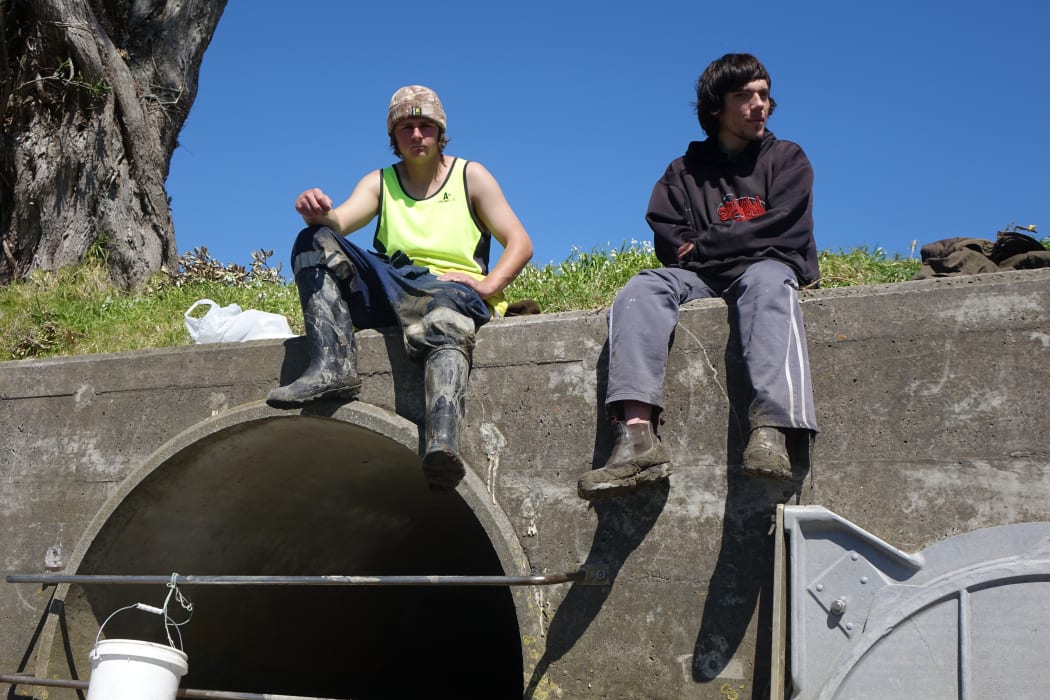
Whitebaiters Jagon Trent, left, and Keith Chapman take a smoko break on top of a stormwater pipe on the Waitara River, which they say is in good condition. Photo: RNZ / Robin Martin
Taranaki Regional Council director of environment quality Gary Bedford said the setting of water quality limits did not create a regime which allowed dischargers to pollute up to the limits.
"This council - as has every other council - has had discharge and receiving water limits in place since before the Resource Management Act was enacted in 1991, and across that period we have seen significant improvements in the water quality of Taranaki," he said.
Mr Bedford said he also took issue with a claim that reporting median values for water quality did not adequately account for spikes when waterways were dangerously polluted.
The council followed ministry guidelines for measuring water quality and went the extra mile to ensure more than the median values were recorded, he said.
"For sites used by the local communities for primary recreational purposes, the council will continue to monitor and report in accordance with the 2003 health guidelines which continue in effect.
"This reporting, which is almost real-time, includes all data from each sample, not just median results, and enables the public to know the most recent actual water quality."
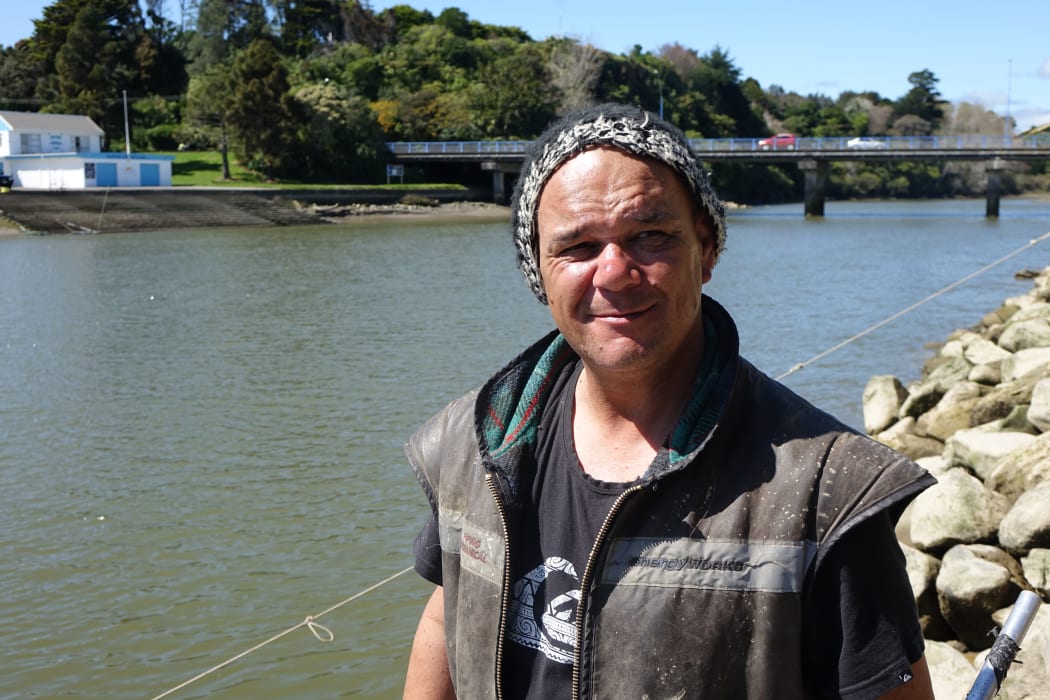
Whitebaiter Mark Nicholas says he’s not concerned about the water quality in the Waitara River and he’ll be taking a dip later in the summer like he does every year. Photo: RNZ / Robin Martin
On the bank of the Waitara River, whitebaiter Mark Nicholas said he was not too concerned about the quality of the water.
He said the whitebait were running in good number and, when things warmed up, he would be still taking a dip in the river just like he did every summer.
"I love it man, still do. I've swimmed in this river all my life and it's never done me no harm. I'm all right, just local."
The council will decided whether to begin the formal notification process for its draft freshwater plan towards the end of the year.
